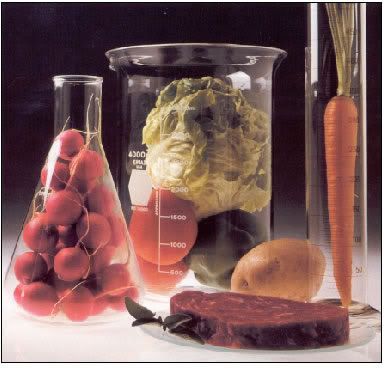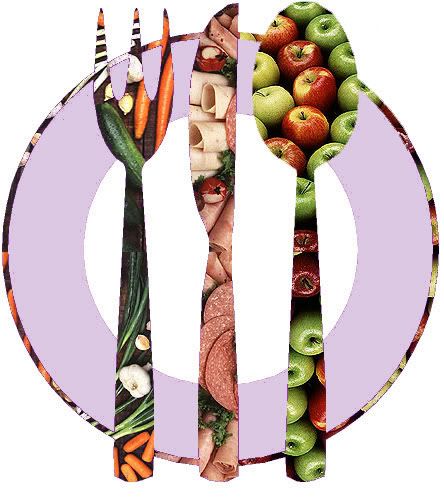Lipoproteins, nutrition, and heart disease.
Title
Lipoproteins, nutrition, and heart disease.
Source
American Journal of Clinical Nutrition. 75, (2): 191-212, 2002.
Associations between lipoproteins, nutrition and coronary heart disease (CHD) are reviewed with particular reference to CHD risk assessment, dietary intervention studies, diet-gene interactions and current dietary guidelines.
CHD remains a leading cause of death and disability. Prevention through risk factor control—smoking cessation and control of blood pressure, blood glucose, and LDL cholesterol and raising of HDL cholesterol—remains the most effective long-term option for treatment. Obesity has an adverse effect on all these risk factors except smoking and therefore requires treatment. Emerging risk factors requiring attention are elevated concentrations of lipoprotein(a), remnant lipoproteins, and homocysteine. Lifestyle modification remains the cornerstone of CHD prevention. Hydroxymethylglutaryl-CoA reductase inhibitors can be added in high-risk individuals to further control LDL cholesterol.
Dietary treatment can clearly decrease CHD risk, especially when the food supply is altered. I recommend decreasing saturated fat to less than 7% of energy, decreasing total fat to 15–30% of energy, decreasing dietary cholesterol to less than 200 mg/d, decreasing sugar intake to less than 10% of energy, having an n-6 fatty acid intake of 5–10% of energy, having an n-3 fatty acid intake of more than or equal to 1% of energy, minimizing trans fatty acid intake, and increasing the intake of vegetables, fruit, and grains, as recommended in the USDA food guide pyramid.

I particularly agree with the dietary recommendations of the World Health Organization for the prevention of chronic disease. I do not see any compelling reason to markedly increase monounsaturated fat intake, but it is important to maintain an adequate intake of essential fatty acids while restricting intakes of saturated fat and cholesterol. Randomized clinical trials confirm that low-fat, low-energy diets coupled with exercise are the most effective for long-term weight loss. In my view, the USDA food guide pyramid should be modified to indicate that animal, dairy, and hydrogenated fats; tropical oils; egg yolks; and sugars be used sparingly, but not all oils. Recently, other Tufts colleagues suggested that the food pyramid be modified for the elderly (>70 y of age) by recommending more than or equal to 8 servings of water or fluids/day and the use of calcium, vitamin D, and vitamin B-12 supplements. I agree with these recommendations. 

Both dietary and drug therapy to lower LDL cholesterol indicate a marked variability in response. The data suggest that subjects who overabsorb dietary cholesterol in the intestine are more likely to carry the APOE E4 allele, are more responsive to diet, and are less responsive to statins in terms of cholesterol lowering. Such subjects, comprising 20% of the population, also have higher LDL cholesterol concentrations and are at increased risk of heart disease and dementia. Although dietary modification and drug therapy that lowers LDL cholesterol clearly decreases CHD risk, the use of antioxidants has not been conclusively shown to do so. In our view, diet assessment is best done with food records, and the most effective way to change dietary intake is to alter the food supply, by providing specific foods or supplements, or to provide prepared meals to the consumer.




0 Comments:
Post a Comment
<< Home